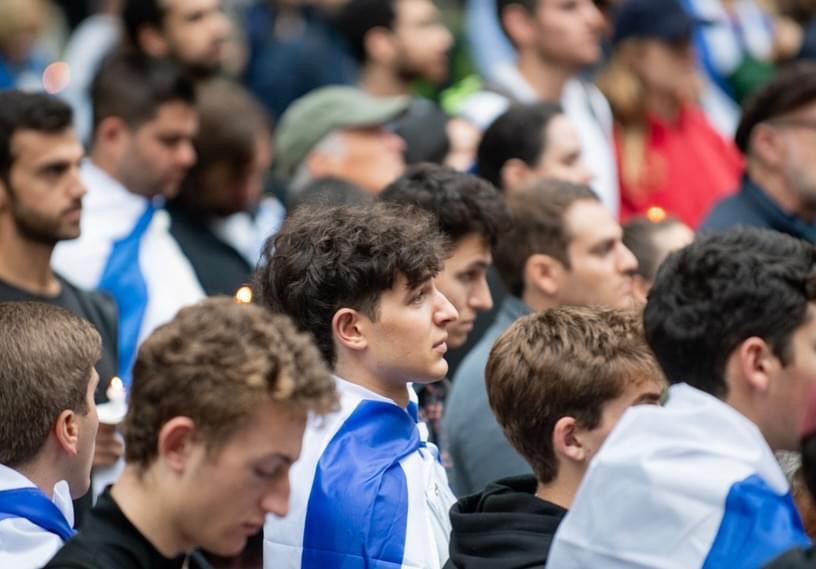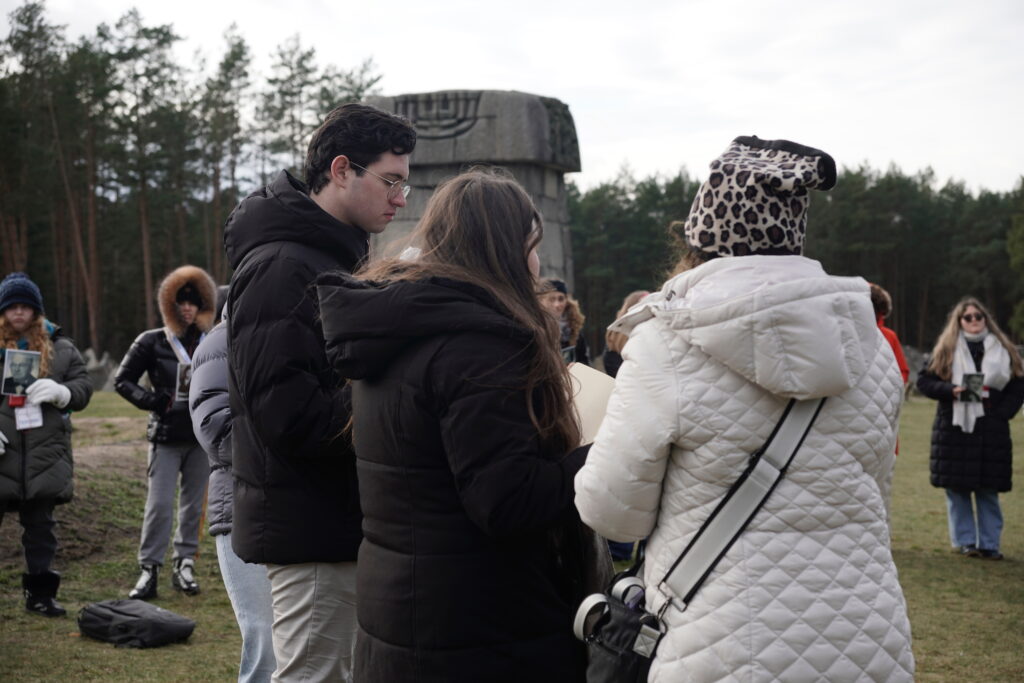Nearly One-Third of American Jewish College Students Feel Faculty Members Have Promoted Antisemitism or Learning Environments Hostile to Jews: New Survey
Nearly one-third (32%) of American Jewish college students report feeling that faculty on their campuses have promoted antisemitism or fueled a learning environment that is hostile to Jews, according to new data from American Jewish Committee (AJC) and Hillel International.









